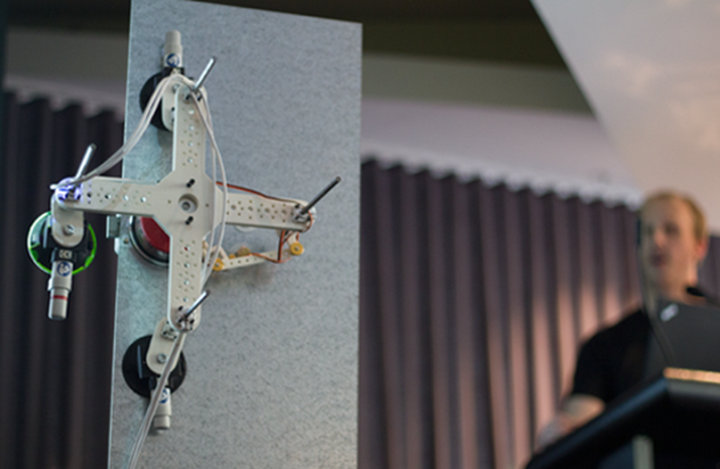
Plus, they did it using only $150 worth of materials.
Related: Boot, axe or battering ram, Haven is the smart door lock that resists them all
Spotted earlier this week at the Ruxcon security conference in Melbourne, the device (which doesn’t have a name just yet) is comprised mainly of 3D printed parts, a few step motors salvaged from an old stage lighting array, and an Arduino microcontroller.
Once connected to a safe, the cracker uses custom software to run through all possible combinations of the lock. In a sense, it’s basically the physical equivalent of a brute-force password cracking program used by hackers. The only difference is that this one is designed to crack safes instead of computers.
Using this “autodial” method, the device can reportedly crack a combination lock in less than four days. That’s definitely too long to make it a viable option for an Italian Job-style heist, but just like computer-based password crackers, the device’s software can be tweaked to make it more efficient in certain situations.
There are certain types of locks that come pre-loaded with a number of default combinations. For these locks, the cracker can use a more targeted approach. In many instances, it finishes the job in just a few minutes.
To see videos of the device in action, head over to The Register.
Editors' Recommendations
- 3DMakerpro’s Seal is a pocket-sized scanner to make next-gen precision 3D prints
- Need a last-minute Halloween costume? Check out these 3D-printable getups
- The best 3D printers under $500
- The future of making stuff: Inside the evolution of 3D printing with Formlabs
- Inside the quest to 3D print a perfectly palatable steak




